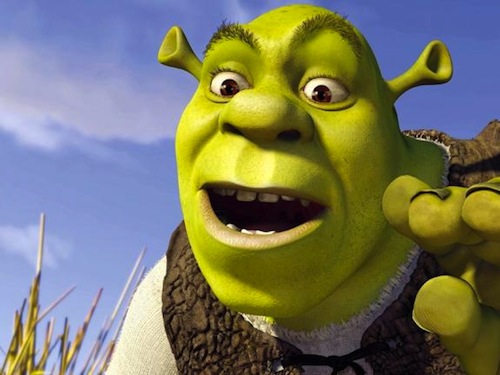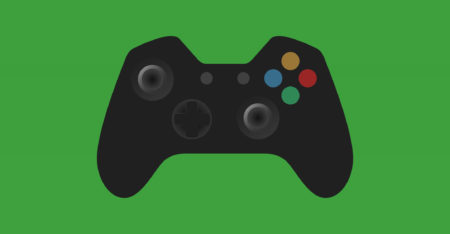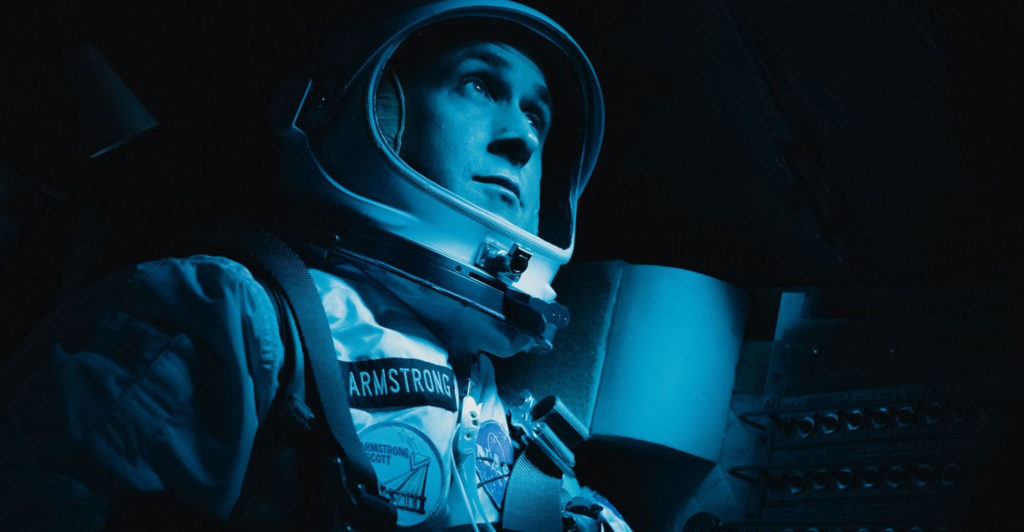
Flabby, fatigued, housebroken, over the hill. That description applies as much to the Shrek franchise as it does to its ogre protagonist in Shrek Forever After.
The fourth (and supposedly final) film in the animated series picks up with a middle-aged Shrek wrangling with the drudgery of day-to-day family life. Worn down by days of burping babies, the evenings of repetitive dinner table jokes and the nights without sleep, the ogre is in the grips of a mid-life crisis.
Shrek finds himself yearning for the carefree days before he became a family man and a pillar of the community. He longs for a time when villagers bearing pitchforks and torches tried to kill him rather than beg for his autograph. Rumpelstiltskin, the sly dealmaker of the fairytale world, offers Shrek a pact: he’ll give the ogre a day to relive his past.
In exchange, Rumpelstiltskin asks for nothing more than a day of Shrek’s life. The catch is that day he claims is the day that Shrek is born, effectively wiping the ogre’s existence from the face of Far Far Away. Before sunrise, Shrek must kiss his true love, Fiona, to undo the deal.
Shrek Forever After takes its inspiration from the schmaltzy Frank Capra fable, It’s a Wonderful Life. Shrek is recast as the Jimmy Stewart character who learns about how much worse a place the world would be if he had never been born. Tweaking a fictional universe can be a great storytelling device that reveals new facets of characters we’ve become familiar with over the years.
Shrek Forever After, however, suffers from flaccid writing and pacing. Rather than taking its characters somewhere new, Shrek Forever After simply recycles many of the gags and punch lines that animated the first film. It meanders through its plot line without much direction, except when it’s galloping into yet another boisterous action sequence or rowdy musical number.
At the moments where Shrek Forever After hints that it might touch the poignancy and resonance of The Incredibles, Pixar’s animated film on the theme of middle age, it blows it with a lavatorial joke or a curiously inappropriate pop song. (And about ironic use of pop songs in animated films: it’s not enough to make a film funny on its own any more.)
Laughs are also a little thin on the ground in Shrek Forever After. The trailers screened in advance of its release already spoilt most of its best jokes for me. Shrek Forever After tones down on the sly, winking references to other movies and fairytale parodies that featured so heavily in its three predecessors. That’s fine, since their appeal was already running dry by Shrek the Third, but it finds little with which to replace them.
Shrek Forever After official trailer (YouTube video):
All of that said, Shrek Forever After still offers some of the most charming characters around in animated movies. Mike Myers has settled comfortably into his role as the grumpy ogre with a Scots brogue and a heart of pure marshmallow. Cameron Diaz as Fiona has a little more to do — Fiona, in a world where Shrek doesn’t exist, is a Boadicea-like warrior ogre queen, with a vulnerable, lonely centre.
Eddie Murphy, as the exasperatingly talkative Donkey, and Antonio Banderas as Puss in Boots provide able comic relief. Banderas’s swashbuckling cat with the moist, saucer-like eyes provides some of the film’s best moments — in the alternative reality of the film, he’s a fat, pampered housecat. Puss in Boots will star in his own spin-off film next year, a prequel to Shrek.
Shrek Forever After is often a handsome film, with vivid character art and rich, subtle colours and textures. Sadly, it’s also a victim of the current 3D craze, though the film was at least made for 3D rather than hastily converted in the post-production process.
Shrek Forever After is a darker-hued film than its predecessors with many scenes playing out at night and in dimly lit interiors, which seldom mixes well with 3D effects. The 3D effects aren’t awful, but they do rob the film of at least some of its definition and clarity. It’s yet another film worth viewing in plain old 2D — both to save a few bucks and see the film as it really should be.
Though the first Shrek movie was perhaps not quite as clever and subversive as reviewers made it out to be at the time, its rude energy, cheerful irreverence and twisted take on age-old fairytales were a blast of fresh air. The second film’s snarky pop-culture references, stiletto-sharp dialogue and great new characters made it the rare sequel that improved on its predecessor in every way.
But by the time Shrek the Third arrived, the franchise was starting to run out of artistic steam even if it remained a commercial juggernaut. The new entry in the series cements my view that two Shrek films were probably enough.
Shrek Forever After is a hard movie to hate, but it’s not particularly inspiring either. At its core, it’s an inoffensive, heartfelt and genuinely sweet affirmation of family values. Parents with small children are probably used to sitting through far worse. Then again, they’ve probably just seen Pixar’s Toy Story 3 and know that they deserve better. — Lance Harris, TechCentral
- Shrek Forever After opens in SA on 16 July
- Subscribe to our free daily newsletter
- Follow us on Twitter or on Facebook




